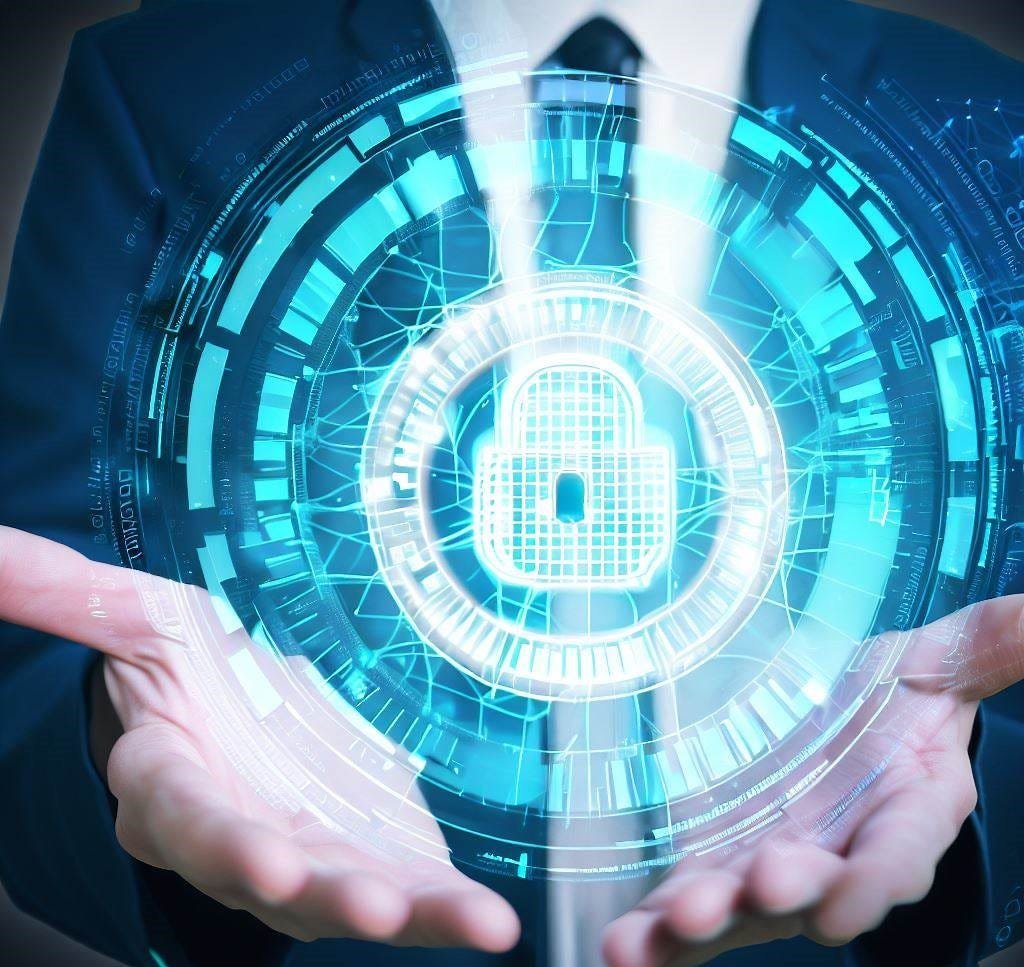Introduction
In an era dominated by digital connectivity, the need for robust cybersecurity has never been more crucial. “Cybersecurity Chronicles” serves as your guide, unraveling the complexities of online threats and providing actionable insights to fortify your digital world.
Understanding the Cybersecurity Landscape
Navigating the Threat Landscape
Delve into the intricate landscape of cybersecurity threats. From malware and phishing to ransomware attacks, “Cybersecurity Chronicles” sheds light on the diverse challenges that individuals and organizations face in the digital realm.
The Role of Encryption in Digital Security
Understand the pivotal role of encryption in digital security. Explore how encryption algorithms protect sensitive information, ensuring that data remains confidential and secure during transmission and storage.
Emerging Threats: Staying Ahead of the Curve
Stay informed about emerging cybersecurity threats. “Cybersecurity Chronicles” keeps you abreast of the latest trends, from sophisticated hacking techniques to social engineering, empowering you to stay one step ahead of cyber adversaries.
Fortifying Your Digital Defenses
Antivirus Software: Your Digital Guardian
Discover the importance of antivirus software in defending against malicious software. “Cybersecurity Chronicles” provides insights into selecting and maintaining effective antivirus solutions to bolster your digital defenses.
Firewalls: Building a Protective Barrier
Explore the role of firewalls in building a protective barrier around your digital assets. Learn how these security measures monitor and control incoming and outgoing network traffic, preventing unauthorized access and potential cyber threats.
Multi-Factor Authentication: Elevating Security Measures
Elevate your security measures with multi-factor authentication (MFA). “Cybersecurity Chronicles” explains how MFA adds an extra layer of protection, requiring users to provide multiple forms of identification for access.
Safeguarding Personal and Professional Spaces
Cybersecurity at Home: Best Practices for Individuals
Implement best practices for cybersecurity at home. From secure password management to regular software updates, “Cybersecurity Chronicles” offers practical tips to enhance your digital security in personal spaces.
Cyber Hygiene in the Workplace: A Collective Responsibility
Understand the collective responsibility of maintaining cyber hygiene in the workplace. Explore how organizations can foster a culture of cybersecurity awareness, educating employees and implementing measures to protect sensitive data.
Responding to Cyber Incidents
Incident Response: A Strategic Approach
Prepare for cyber incidents with a strategic incident response plan. “Cybersecurity Chronicles” guides you through the crucial steps of identifying, containing, eradicating, recovering, and learning from cybersecurity incidents.
Data Backups: Your Safety Net
Recognize the importance of data backups as a safety net in the face of cyber threats. Learn how regular backups of critical data contribute to swift recovery and minimize the impact of data breaches or ransomware attacks.
Frequently Asked Questions (FAQs)
What is the role of encryption in cybersecurity?
Encryption in cybersecurity plays a crucial role in securing sensitive data by converting it into a coded format that can only be deciphered with the appropriate key. It ensures confidentiality and protects information during transmission and storage.
How does multi-factor authentication enhance security?
Multi-factor authentication (MFA) enhances security by requiring users to provide multiple forms of identification before gaining access to a system or account. It adds an extra layer of protection beyond traditional username and password combinations.
What are the best practices for cybersecurity at home?
Best practices for cybersecurity at home include using strong and unique passwords, regularly updating software and operating systems, being cautious of phishing attempts, and using antivirus software to protect against malware.
Why is incident response important in cybersecurity?
Incident response is crucial in cybersecurity as it provides a strategic approach to identify, contain, eradicate, recover from, and learn from cybersecurity incidents. A well-prepared incident response plan minimizes the impact of security breaches and ensures a swift and effective response.
How does data backup contribute to cybersecurity?
Data backup is a critical component of cybersecurity as it serves as a safety net in the event of data loss due to cyber threats. Regular backups ensure that important data can be recovered, minimizing the impact of incidents like ransomware attacks or accidental deletions.
How can organizations foster a culture of cybersecurity awareness?
Organizations can foster a culture of cybersecurity awareness by providing regular training sessions, promoting awareness campaigns, emphasizing the importance of security practices, and encouraging employees to report any suspicious activities.
Conclusion
As we conclude our journey through the “Cybersecurity Chronicles,” it becomes evident that safeguarding your digital world is a continuous and dynamic process. Stay vigilant, adopt proactive measures, and empower yourself with knowledge to navigate the ever-evolving landscape of cybersecurity.
